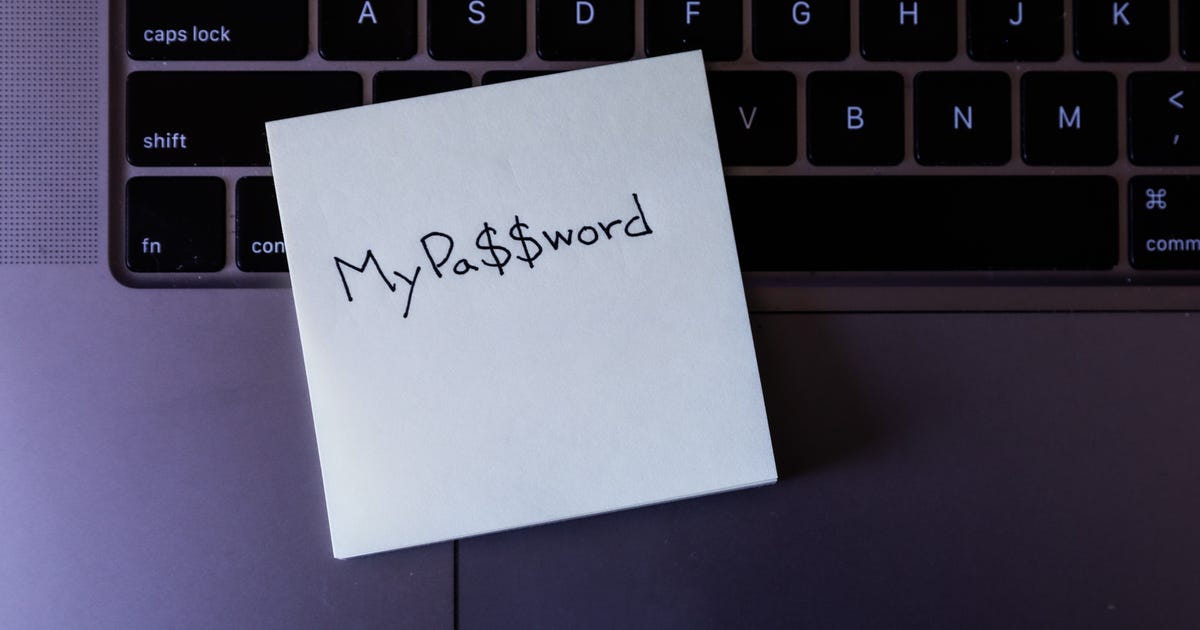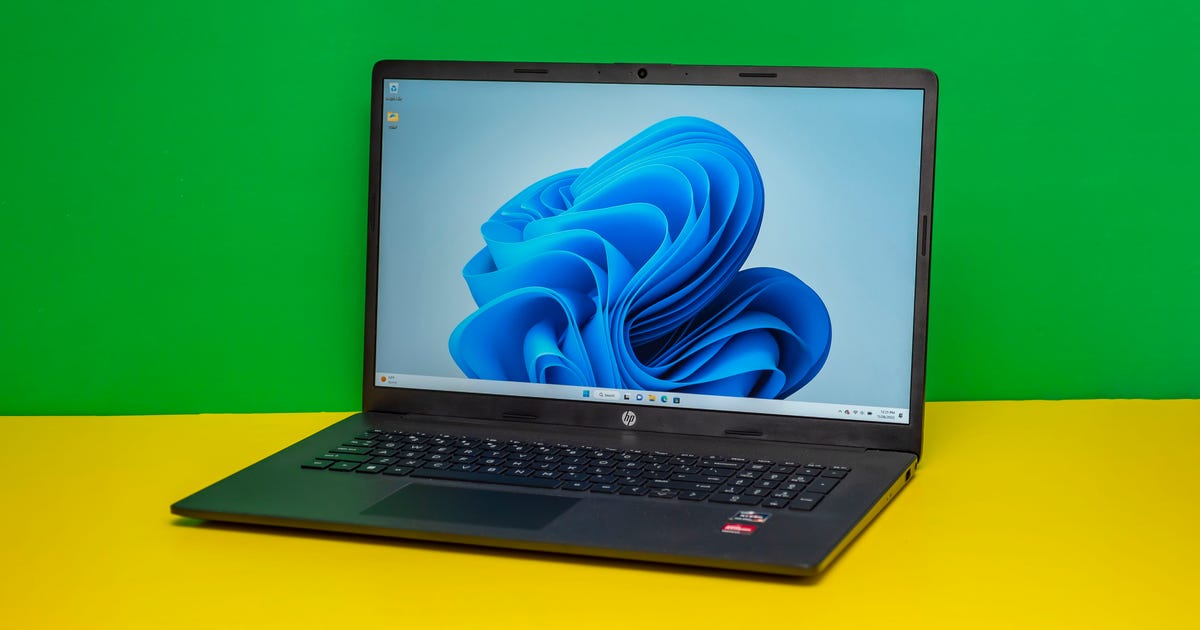Tag: find
-

Find Free Wi-Fi Almost Anywhere Your Travels Take You. Here’s How
Vacation is the perfect opportunity to disconnect, but that’s mainly from work and other responsibilities, not everything. You’ll undoubtedly still want a good internet connection for keeping in touch with friends and family on social media, researching local places to eat or streaming your favorite shows when you have the down time. So what happens when…
-

What coding language need to I find out?
Choosing a language to discover to code is a ton like buying a language to communicate. Whether you pick out to study French, Spanish or Mandarin, each and every will established your daily life on a unique path to unique specialist alternatives and activities. And every will present you distinctive excuses to demonstrate off at…
-
How to Find Sturdy Computer and Technologies Stocks Slated for Favourable Earnings Surprises
Wall Avenue watches a company’s quarterly report closely to fully grasp as significantly as feasible about its new efficiency and what to be expecting likely forward. Of system, 1 figure generally stands out among the the rest: earnings. Lifetime and the inventory marketplace are both about anticipations, and growing earlier mentioned what is anticipated is…
-

Your Internet Might Not Be as Fast as You Think. How to Find Out
We’ve all seen the tell-tale signs of an internet connection that’s struggling to keep up. Maybe your latest round of Warzone was lagging, or Disney Plus keeps buffering while you’re trying to binge The Mandalorian. The next time you find your home internet connection getting in the way of your good time, take a few minutes to…
-

Here’s How to Find All Your Wi-Fi Passwords on Your Mac and Windows
You should never use the same password more than once, but using so many different passwords can make it difficult to remember all of them. If you don’t write them down somewhere, you may never remember certain passwords again, including the one for your Wi-Fi network. Usually your Wi-Fi password should be printed on the…
-

Uncomplicated and Powerful Techniques to Find Cost-free Wi-Fi Anywhere in the Planet
This story is component of Home Strategies, CNET’s assortment of functional information for acquiring the most out of your residence, within and out. It can be practically not possible to stay in the modern day planet with out a solid world wide web link. We study on line, get the job done from household on laptops and entertain…
